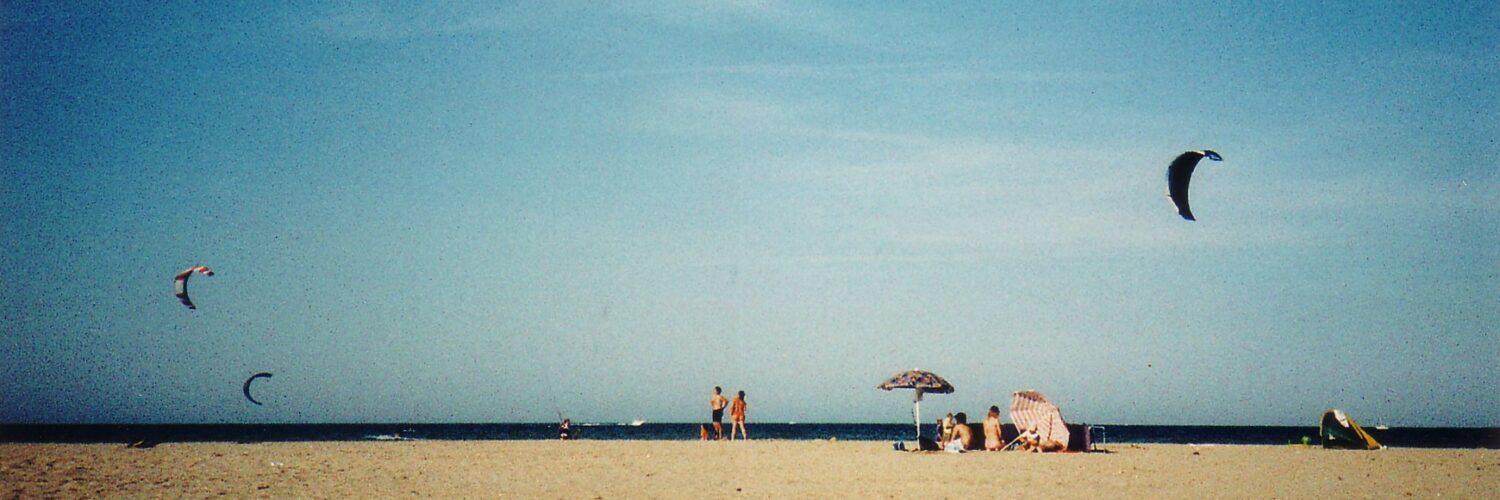From January 25th to June 21th 2009 The classical ideal in sculpture and painting.
Museo San Domenico Piazza Guido da Mon tefeltro Forlì.
tefeltro Forlì.
Some informations from Wikipedia:
Antonio Canova (November 1, 1757 – October 13, 1822) was a Venetian sculptor who became famous for his marble sculptures that delicately rendered nude flesh. The epitome of the neoclassical style, his work marked a return to classical refinement after the theatrical excesses of Baroque sculpture.
Notable works
Perseus and the head of Medusa, by Antonio Canova.
Among Canova’s heroic compositions, his Perseus with the Head of Medusa (photo, right) appeared soon after his return from Germany. The moment of representation is when the hero, flushed with conquest, displays the head of the “snaky Gorgon”, whilst the right hand grasps a sword of singular device. By a public decree, this fine work was placed in one of the stanze of the Vatican hitherto reserved for the most precious works of antiquity.
Napoleon by Antonio Canova, Apsley House, London
In 1802, at the personal request of Napoleon, Canova returned to Paris to model a bust of the first consul. The artist was entertained with munificence, and various honors were conferred upon him. The statue, which is colossal, was not finished till six years after. On the fall of the great emperor, Louis XVIII presented this statue to the British government, by whom it was afterwards given to the Duke of Wellington.
Palamedes, Creugas and Damoxenus, the Combat of Theseus and the Centaur, and Hercules and Lichas may close the class of heroic compositions, although the catalogue might be swelled by the enumeration of various others, such as Hector and Ajax, and the statues of George Washington (commissioned by the State of North Carolina to be displayed in its Capitol Building), King Ferdinand of Naples, and others. The group of Hercules and Lichas is considered as the most terrible conception of Canova’s mind, and in its peculiar style is scarcely to be excelled.
Under the head of compositions of grace and elegance, the statue of Hebe takes the first place in point of date. Four times has the artist embodied in stone the goddess of youth, and each time with some variation. The last one is in the Museum of Forlì, in Italy. The only material improvement, however, is the substitution of a support more suitable to the simplicity of the art. Each of the statues is, in all its details, in expression, attitude and delicacy of finish, strikingly elegant.
Pauline Bonaparte as Venus Victrix, now at the Galleria Borghese.
The Dancing Nymphs maintain a character similar to that of the Hebe. The Three Graces and the Venus are more elevated. The Awakened Nymph is another work of uncommon beauty. The mother of Napoleon, his consort Maria Louise (as Concord), to model whom the author made a further journey to Paris in 1810, the princess Esterhazy and the muse Polymnia (Elisa Bonaparte) take their place in this class, as do the ideal heads, comprising Corinna, Sappho, Laura, Beatrice and Helen of Troy.
Of the cenotaphs and funeral monuments the most splendid is the monument to the archduchess Maria Christina of Austria, consisting of nine figures. Besides the two for the Roman Pontiffs already mentioned, there is one for Alfieri, another for Emo, a Venetian admiral, and a small model of a cenotaph for Horatio Nelson, besides a great variety of monumental relieves.
8 commenti su “Canova Exhibition at Forlì San Domenico Museum”
I commenti sono chiusi.

Ciao Alessandro!
Mi interessa molto Canova. Purtroppo sono venuta tardi per un soggiorno a scopo di studio a Roma (arte, archeologia). Non sai se Museo di Forli a pubblicato un catalogo stampato sulla mostra di Canova e si sarebbe ancora disponibile.
Con saluti cordiali Maria
Il museo di Forlì sicuramente l’ha stampato. Secondo me ne trovi una copia anche alla libreria Ozio oppure al MegaForlì, entrambi in corso della Repubblica.
Mille grazie per informazione, ma non cognosce gli autori o editore. Sarebbe piu facile trovarlo anche alla distanza. Probabilmente non vengo a Forli. Marie
Il catalogo è questo, si può ordinare anche online:
http://www.silvanaeditoriale.it/catalogo/prodotto.asp?id=2519
Ancora una volta grazie, Alessandro!
La negoziazione con Silvanaeditoriale era fantastico. Ho obtenuto il catalogo nelle 48 ore.
Posso dire che il catalogo è eccezionale e mi fa molto piacere et fara ancora più al mio amico pittore André Durand per chi è finalmente destinato.
Ho trovato anchè un video ufficiale – presentazione della mostra Canova à Forlì.
Piacere di aver trovato questa pagina sul web.
Auguri Marie
Buongiorno
Scrivo da Parma
Sono in possesso di un libro in buon condizioni, nessuna descrizione, composto da ca 170 pagine
più incisioni per ogni pagina, la maggior parte delle quali del Canova
Titolo “Scultura Moderna”
Misure 35 x 40
Libro rilegato iin pelle e della seconda metà dell’800
Qualcuno potrebbe essere interessato all’acquisto del volume?
Per contatti :
Mirco : 335 6239948
Saluti
Do you know anything about this 8 1/2 inches long engraved at the wrist end, “Pauline Princess Borghese, 1812”, old surface with some wear; I found reference to an entry in Robert Haydon sale of 1846 for bronze hand of Princess Borghese purportedly by Canova at https://books.google.com/books?id=CBzALSmpJgkC&pg=PA7&lpg=PA7&dq=hadon+canova+hand+bronze+borghese&source=bl&ots=rjKewHCODc&sig=pqHdvYNKhlL8QmE43zBqpzxd1oo&hl=en&sa=X&ei=ELeUVc_pBoSRyASMp4GgCw&ved=0CCwQ6AEwAg#v=onepage&q=hadon%20canova%20hand%20bronze%20borghese&f=false.
Philip Foster